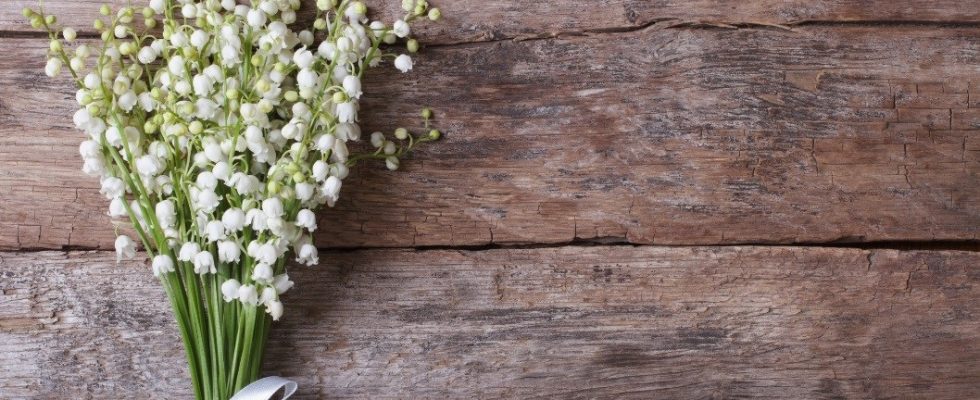Since ages, flowers have been the best expression of emotions and means to decorate gardens and living spaces. Their ethereal beauty and the exquisite fragrance are what attract people towards them and make curious about their evidence in the history. Flowers have been almost everywhere and described beautifully in music, poetry, art, paintings, and sculptures over the time. According to scientists, the first plant fossils found were woody magnolia-like plants dating back 93 million years. Recently, Paleobotanists have uncovered the tiny herb-like flower fossils dating back 120 million years. A great number of images of preserved flowers and their different parts have been found in fossils from the countries of England, Sweden, Portugal, and Eastern and Gulf coasts of the United States of America.
The finest shreds of evidence of flowers in the history are the beautiful flower pictures created by artists during the 17th, 18th, and 19th century. Scientists postulate that there are more than 270,000 species of flowers that have been recorded and are prevailing in the 21st century. During the Victorian era, the expression or language of flowers was quite important to people and their recognizable fragrances were used to send across the important messages.
Further, we are going to discuss the history of some of the most commonly used flowers as the expression of love and other strong sentiments.
Rose– According to the fossil evidence, the rose is 35 million years old and has some 150 species spread across the Northern Hemisphere. Itwas first introduced to Europe during the Roman Empire and used for ornamental purposes. During Roman public games, rose petals were scattered on all the roads. In fact, many Egyptian wall paintings depicting roses were found from the 5th century B.C. to Cleopatra’s time.
Lily– The first image of Lily was discovered in a villa in Crete around 1580 B.C. Lily is considered the symbol of purity and chastity and is mentioned in both Old and New Testament. In fact, in Greece, brides wear the crowns made of lilies and wheat as a symbol of purity and abundance.
Carnation– Carnation is the beautiful flower that has been admired by people for centuries. The history of carnation’s dates back to the Greece and Roman times when they were used for art and decoration purposes. It is also believed that the first carnation bloomed when Mary cried for Jesus as he carried his cross. In the early 20th century, carnations became the official flowers for Mother’s Day.
Chrysanthemum– Chrysanthemumwas first cultivated in China and made its way to Japan around 8th century AD. The Japanese were highly impressed by this flower and their emperor adopted a single chrysanthemum as his crest and official seal. They also put a single petal of this flower at the bottom of the wine glasses to endure a long and healthy life. In America, chrysanthemums are usually seen in homecoming corsages and in Italy, they are associated with death.
Daisy– The Gerberas Daisy was first discovered in 1884 near Barberton, South Africa by Scotsman Robert Jameson but these flowers are known to be more than 4000 years old. These flowers were known to cure eye troubles and also consumed by King Henry VIII to cure his stomach ulcers. The Egyptian ceramics are also adorned with daisies.
It is always a great experience to read about the interesting facts related to the history of flowers. Knowing them enhance our knowledge about their uses and the important messages they convey.


